
All categories
Featured selections
Trade Assurance
Buyer Central
Help Center
Get the app
Become a supplier

(2614 products available)


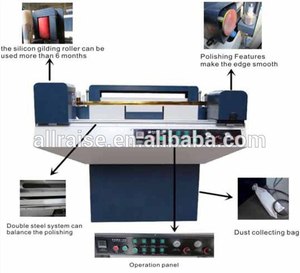

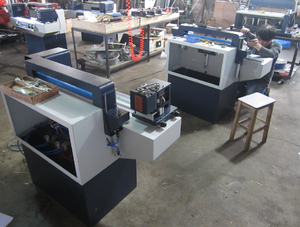









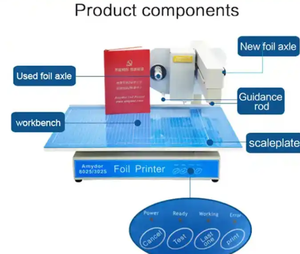

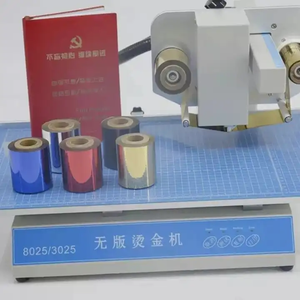
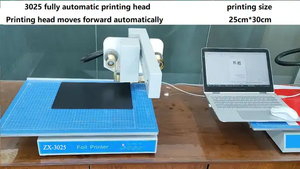


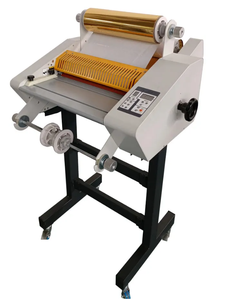


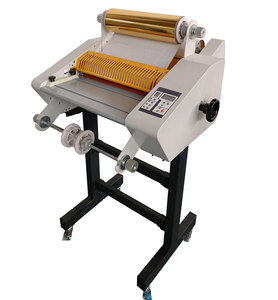
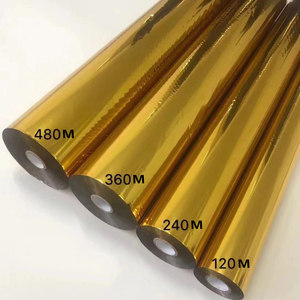


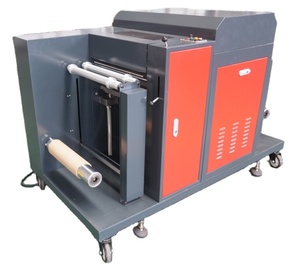


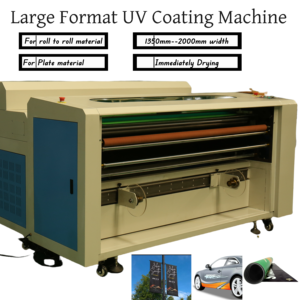
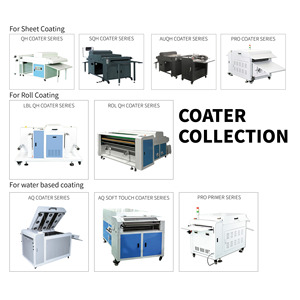


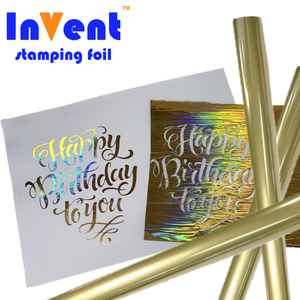
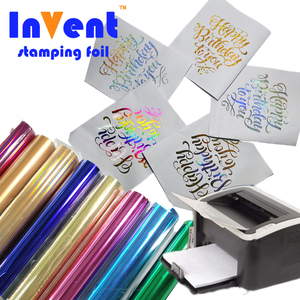


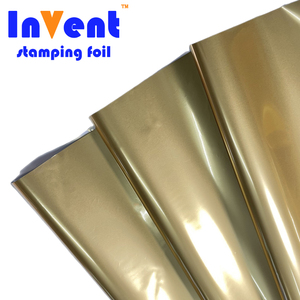

A hot laminator uses heat to apply a protective layer of laminate over documents, enhancing their durability and appearance. Hot lamination involves using pre-adhesive laminating sheets that bond securely when exposed to temperatures. These laminators are particularly effective for projects requiring a strong, sealed finish, as the heat activates the adhesive on the laminating film, ensuring it tightly conforms to the item being laminated. Hot laminators are ideal for professionals needing long-lasting document protection and a polished look.
A cold laminator applies a protective layer without using heat, using pressure to adhere the laminate to the document. Cold lamination uses self-adhesive laminating sheets or films that do not require heating, making them suitable for heat-sensitive materials. Cold laminators are ideal for laminating documents with inks or finishes that could be damaged by heat. They are also perfect for items with textures or three-dimensional shapes, as the pressure allows for a smoother application without distorting the underlying material. Cold machines are the best option for adding foil designs to items.
The combination laminator, a hybrid of hot and cold laminators, offers the flexibility of both methods in a single machine. These machines can perform hot lash for strong, permanent seals and cold lather for delicate or heat-sensitive items. This versatility makes combination laminators ideal for businesses with varied lamination needs, from protecting standard documents to applying foil or texture to specialized materials. Companies that have many different lather and finishing needs will find combo lath machines perfect as they offer all the lathering options in one machine.
Lamination is an important step in the packaging of consumer goods such as food, electronics, and cosmetics. Stamping foil lamination not only enhances the aesthetic appeal of the packaging but also improves the practical aspects such as tamper resistance and durability. The shiny and eye-catching appearance of foils attract consumers' attention on store shelves, particularly in competitive markets such as the consumer goods and retail industries. Laminators for hot stamping foil are, therefore, important for creating packaging solutions that are both appealing and functional in protecting products.
In industries like manufacturing and logistics, consistent labeling is important for product identification and inventory tracking. Foil-stamped labels with their reflective and unique finishes make labeling systems stand out. These labels are not just visually attractive but also tough, making them suitable for use in tough industrial settings where labels normally undergo abrasion or exposure to tough elements. Cold lamination makes it easy to add a dash of elegance to otherwise dull labels, making them more prominent on products and packages.
Heat transfer labels are applied to clothing and textiles using heat and pressure, making them an integral part of the fashion and apparel industry. These labels may contain care information, brand logos, or designs, giving the finished clothing an additional design element. Foil-stamped heat transfer labels have shiny metallic finishes that instantly upgrade the look of apparel, especially in high-fashion or specialty items. Laminators for hot stamping foil enhance label durability and washability, making them practical and aesthetically pleasing.
The specialty printing industry, which covers stationery such as wedding invitations, business cards, and gift wrapping, greatly benefits from hot stamping foil laminators. The application of metallic or pigmented foils using a laminator to hot stamping foil creates luxurious, eye-catching designs that raise the overall value of the product. Foil stamping adds a dash of sophistication to stationery items and packaging, making them ideal for events or premium products. Their ability to apply foil increases the appeal of products in the specialty market, attracting consumers searching for unique and fashionable items.
Temperature Control
Advanced laminators have adjustable temperature settings for different types of foil and materials. This function eliminates the risk of damaging heat-sensitive things while ensuring effective foil adhesion to the substrate.
Variable Speed
To correspond with different materials and project sizes, variable speed control enables the user to adjust the machine's operating speed. This versatility guarantees that the foil application is executed flawlessly, whether for thin or thick substrates.
Foil Alignment and Tension System
Proper alignment and tension of the foil are important for application. Many laminators include special guides and tension settings to keep the foil taut and aligned throughout the lamination process, resulting in clean and precise foil transfers.
Roller Construction
For constant pressure and improved foil transfer, premium laminators are fitted with stainless steel rollers. These rollers guarantee uniform application across the whole sheet and enhance the machine's general durability and performance.
Place the laminator
Locate a clean, flat area to keep the laminator. Ensure that this spot is close to a socket so that the machine can be powered on.
Fix the foil holder
Attach the laminate and foil holders to the machine according to the manufacturer's installation instructions. Ensure that both the holders are level and stable.
Mount the rollers
Fit the rollers onto the machine using brackets and other necessary components. They should be tight but still turn freely.
Insert the laminating film
Place a roll of laminating film on each holder. Pull the film to the front and go through the rollers as per the model directions.
Prepare the Materials
The first step in the preparation process is placing the material that needs lamination in the hands of the user. Thin materials are great for hot stamping foil laminators.
Power On the Machine
Turn on the laminator and set the desired temperature and speed using the provided controls. Wait a few moments for the machine to reach full temperature.
Feed the Material
Once the temperature stabilizes, slowly feed the prepared material into the machine. Use alignment guides if available to ensure straight feeding.
Apply the Foil
The next step is after feeding the material to apply the foil on a prepared material. To do this, a metallic or colored foil is placed over a material that has already been laminated.
Trim Excess Foil
After the lamination process is complete, there may be some extra foil around the material. Use a sharp cutting tool to trim the edges and give the laminated material a neat look.
Proper Cleaning
Cleaning the laminator's rollers after every use makes sure the next job is not affected by leftover foil or film.
Regular Greasing
Insist on greasing the moving parts at a fixed interval for improved efficiency and extended life.
Check the heating
Examine the heating element every six months for signs of wear; a faulty heating component will affect the lamination quality.
Inspect rollers
Examine the rollers for signs of wear. If they are warped or damaged, they must be replaced.
Storage in a dry place
When the machine is not in use, cover it to avoid dust and store it in a dry place to avoid electrocuting its parts.
A laminator machine with superior-quality parts ensures safety and function, especially with hot stamping foils. Such machines come with outstanding rollers, heating elements, and pressure systems that distribute heat evenly across the foil. This prevents the foil from melting unevenly or wrinkling, leading to quality jobs. Machines with solid builds reduce wear over time, decrease the risk of malfunctioning parts, and ensure consistent safety with repeated runs. Always choose suppliers that offer machines with quality parts for quality jobs.
The maintenance of a laminator machine involves cleaning, checking, and replacing internal and external parts regularly to ensure the machine performs at its best. Maintenance is important for operational efficiency and to avoid safety hazards. For example, metallic foils tend to be very tacky, and any residue left on the rollers may cause the foil to stick, resulting in foil corruption. Similarly, a poorly maintained heating element may cause uneven temperatures, endangering substrates. Consistent maintenance adds to the life of the machine and uptime, plus it manages safety risks for the operators.
Hot stamping foil laminators are made for certain max dimensions and weights; anything more is dangerous. Placing too much weight stresses machine components, resulting in breaking down or even accidents. Furthermore, misalignment due to oversized materials may cause jams that risk internal parts. Always check that the substrate used doesn't exceed manufacturer-set dimensions or limits; this will ensure the machine runs safely and efficiently for as long as possible.
It may be tempting to use any foil available, but one of the most important safety consideration is using quality foils for laminators. AV laminators are equipped with hot stamping foil because they produce quality results with optimum safety. Substandard foils may have impurities or are made from materials that produce smoke or bad smells when heated, creating an unsafe environment. Poor-quality foils may also melt into the laminator or substrate, posing a risk of machine damage and burnt foil.To reduce safety risks, choose quality foils for the laminator machine from reputable manufacturers.
Hot stamping foil laminators work well with paper, cardboard,d, and plastics like vinyl or mylar. They are also ideal for materials such as wood, textiles, and metal that need to have an upgraded appearance or a layer of protection. When using a material with unknown properties, always check with the machine manufacturer first.
Yes, as long as the laminator has moved the heating element away from the foil, the machine will cool itself so that the operator won't feel any heat on the machine. It is also recommended that the machine be placed in a cool room to avoid any distortion on the machine or in the job due to outside temperature.
Yes, there are small hot stamping laminators that can fit in a small office space. They don't consume much energy, and small offices can benefit from their on-demand foil stamping capability.
Hot stamping applies a foil to a substrate using heat and pressure to transfer only the foil's metallic part onto the substrate, while foil stamping gives the substrate a full foil look, whether metallic or not.
Yes, laminators for hot stamping foils are a great choice for contract jobs since they are versatile enough to finish different materials and in various ways at once.